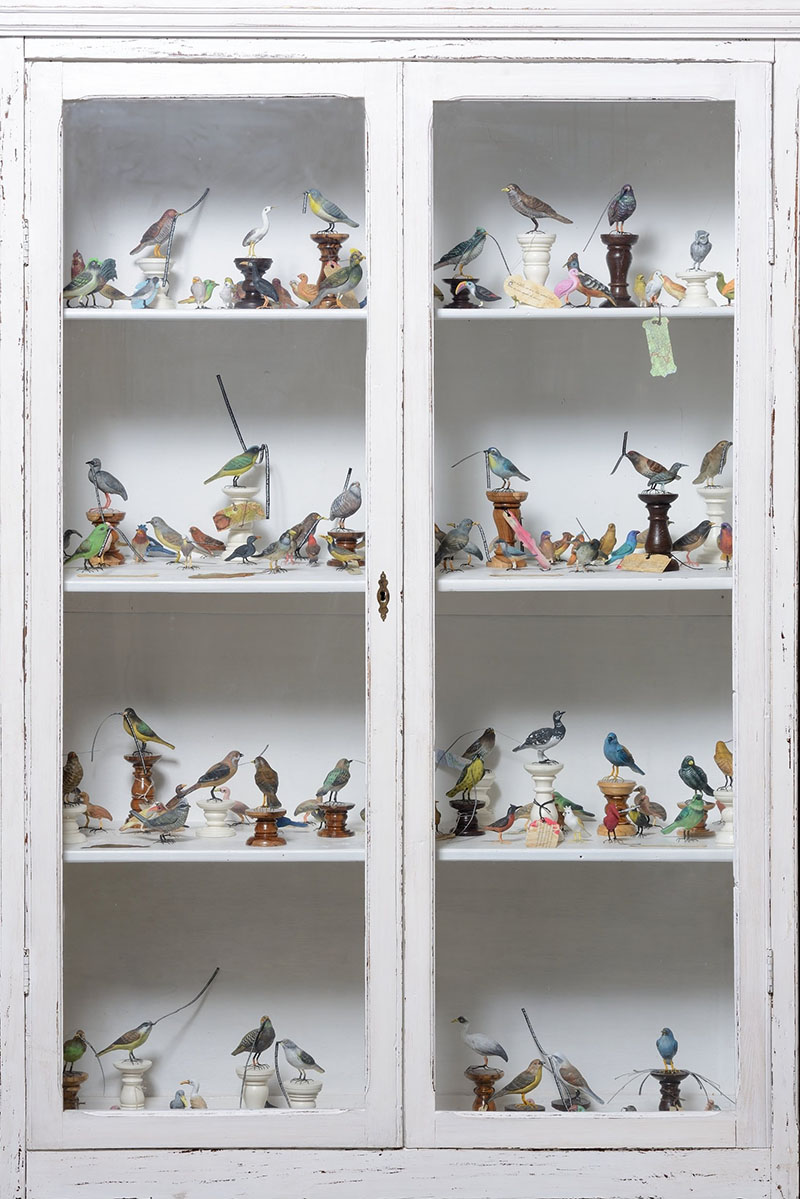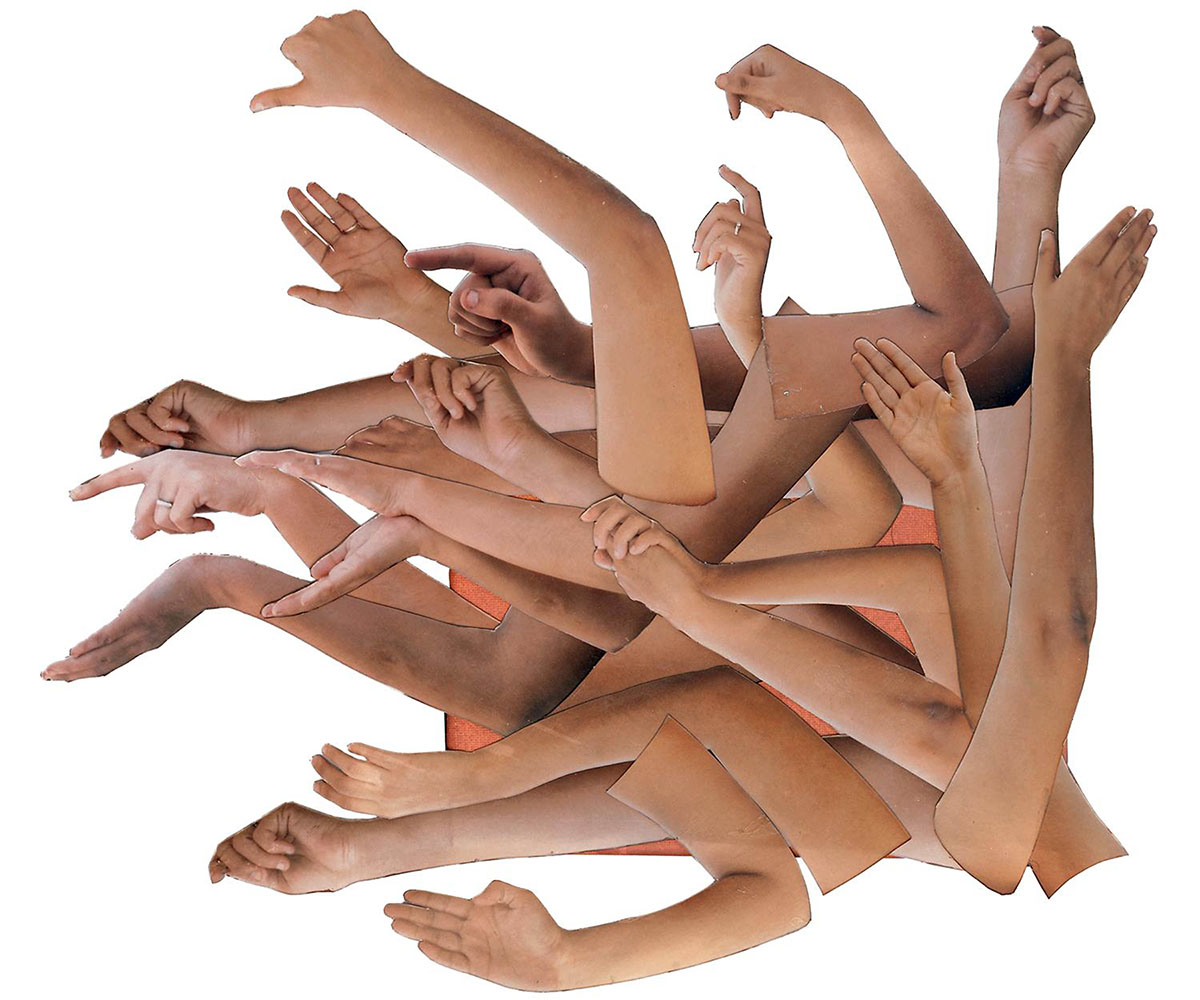ARTICLE
Hema Upadhyay
Upadhyay received critical acclaim for her art practice and in 2001, she won the first prize at the Tenth Triennale in India. She was part of prestigious international exhibitions on Indian art such as Indian Highway (2008–09) at the Serpentine Gallery, London; The Empire Strikes Back: Indian Art Today (2010) at the Saatchi Gallery, London; Facing East (2010) at the Manchester Art Gallery; and Chalo! India: A New Era of Indian Art (2008–09) at Mori Art Museum, Tokyo, Japan, among others.
Upadhayay’s solo exhibitions have been displayed at Vadehra Art Gallery (New Delhi, India), Chemould Prescott Road (Mumbai, India), Gallery of New South Wales (Sydney, Australia), Studio La Citta (Verona, Italy), MACRO Museum (Rome, Italy), Singapore Tyler Print Institute, Institute of Modern Art (Brisbane, Australia) and Art Space (Sydney, Australia), among others. She has been part of several group exhibitions at institutions such as Lalit Kala Akademi (New Delhi, India), Hennie Onstad Kunssenter (Oslo, Norway), Japan Foundation Forum (Tokyo, Japan), Ecole Nationale Supérieure des Beaux Arts (Paris, France) and Chelsea College of Art (London, UK). Upadhyay was an artist-in-residence at Artspace (Sydney, Australia) in 2001, Mattress Factory (Pittsburgh, USA) in 2007, Singapore Tyler Print Institute in 2008 and the Atelier Calder (Sache, France) in 2010.
The artist lived and worked in Mumbai, until her death through murder in 2015.
Bibliography
Our website is currently undergoing maintenance and re-design, due to which we have had to take down some of our bibliographies. While these will be re-published shortly, you can request references for specific articles by writing to hellomapacademy@map-india.org.








